It was supposed to be just a few days until the arrival of the expected Zen 5 AMD CPUs. Their desktop version was supposed to come out at the end of the current month (July 31), but surprisingly, we now learn that the release was postponed at the very last minute. Fortunately, it doesn’t look like a big delay, but it is a bit worrying that it is supposedly due to issues caught in last minute testing this late into the launch preparations. Read more “Ryzen 9000 delayed due to last-minute problems”
Author: Jan Olšan
Confirmed: Raptor Lake CPUs are degrading, Intel preparing fix
Shortly after Intel officially commented on the reports that CPUs in laptops are also affected by the instability issues of Raptor Lake processors (stating that this is not true), it finally comes with new information on the core issues themselves. Namely, the widely reported problems of 13th and 14th generation Core CPUs for desktop being unstable in games and worse, showing symptoms of degrading. That problem turns out to be very real. Read more “Confirmed: Raptor Lake CPUs are degrading, Intel preparing fix”
Leak gives a peek at the clock speed of Intel Arrow Lake CPUs
Last week, we covered the clock speeds of Zen 5 Ryzen 9000 CPUs. Now another information leak uncovered what clock speeds possibly reached by the Arrow Lake processors from Intel. This is an important piece of the puzzle, as we already know what the IPC of their cores will be, but the clock speeds were a big unknown, given how the new wider architecture and TSMC’s 3nm node could have drastically lowered them. And with that, the performance. Read more “Leak gives a peek at the clock speed of Intel Arrow Lake CPUs”
Zen 5: AMD’s most innovative core since the original Zen [analysis]
It’s roughly two weeks until AMD releases processors with the new Zen 5 architecture. This week, we finally got proper details on these CPUs’ architecture, which AMD revealed at the Tech Day event. So, we can now break down the changes the company has made to the core, compared to Zen 4 – and they’re pretty extensive, probably more so than they seemed in June. And AMD also reiterated its promise of a 16% increase in IPC for these CPUs. Read more “Zen 5: AMD’s most innovative core since the original Zen [analysis]”
Stability issues and crashes affect large part of Raptor Lake CPUs
Soon it will be six months since the issue with game crashes on 13th and 14th generation Intel Core CPUs came to be widely known. Intel largely keeps silent while looking for the root cause, but the issue is unfortunately still ongoing, and not at all rare. This has now been substantiated by an investigation of YouTube channel Level1Techs, which says that as many as tens of percent of processors are displaying these problems. Read more “Stability issues and crashes affect large part of Raptor Lake CPUs”
Ryzen 9000 can boost to higher clock than the official spec says
When AMD announced the Ryzen 9000 desktop CPUs with Zen 5 architecture at Computex 2024 back in early June, the company already revealed full specifications including the clock speeds. The boost clock speeds given for the highest model turned out to be the same as with Zen 4 (5.7 GHz for the Ryzen 7950X), but that wasn’t quite the final answer. As in previous generations, the maximum clock speed is actually higher than the official number. Read more “Ryzen 9000 can boost to higher clock than the official spec says”
Many Lunar Lake innovations won’t make it to Arrow Lake CPUs
Information on Intel’s new generation of desktop processors, the Arrow Lake family is gradually making its way online. So far, Intel has only publicly revealed and detailed the mobile version called Lunar Lake, which has a various important innovations, including a powerful NPU that can power the so-called Copilot+ PCs with Microsoft’s AI features. Arrow Lake is their desktop version of Lunar Lake, but will lack many of these new features. Read more “Many Lunar Lake innovations won’t make it to Arrow Lake CPUs”
Intel Arrow Lake chipsets: Z890/B860/H810 specs and differences
We recently covered the I/O capabilities of Intel’s new processors for laptops and the LGA 1851 desktop platform, due to replace today’s LGA 1700 boards and Alder Lake and Raptor Lake processors in October. However, that was the full features that apply to the more pricy boards based on Z890 chipsets. But Intel will once again resort to segmentation and the cheaper boards will be cut down in various ways, sometimes by quite a bit. Read more “Intel Arrow Lake chipsets: Z890/B860/H810 specs and differences”
Intel Arc Battlemage discrete GPUs use TSMC’s 4nm node
Intel should finally release a generation of its discrete “Battlemage” graphics cards with Xe2 HPG architecture later this year, but it will be competing with AMD’s Radeon RX 8000 and Nvidia’s GeForce RTX 5000 cards for most of its lifetime. It does look like Intel will have one advantage on its side, though – Battlemage will be on the same manufacturing node, and at least that way it won’t be disadvantaged right off the bat. Read more “Intel Arc Battlemage discrete GPUs use TSMC’s 4nm node”
Big change for 3D V-Cache. Ryzen 9000X3D to be overclockable
After Computex, a report surfaced that the Zen 5 version of 3D V-Cache processors coming after the standard Ryzen 9000 models could have interesting extra features over previous generations, which was mentioned by company rep Donny Woligrosky. What exactly it will be, however, has not been said. It seems that the news could be the possibility of overclocking these CPUs, which has been missing until now due to the 3D chiplets. Read more “Big change for 3D V-Cache. Ryzen 9000X3D to be overclockable”
Ryzen 9000 to actually be cheaper than the previous generation?
As reported, mobile Zen 5 processors, the Ryzen AI 300, will be a bit delayed to the end of July. It raised the question of whether the desktop CPUs with Zen 5 cores, i.e. the Ryzen 9000 models, might also be delayed. The answer seems to have been found – a certain Slovenian online store has now included the Ryzen 9000 in its catalog. And it shows not only the date of availability, but also the prices, which are quite interesting. Read more “Ryzen 9000 to actually be cheaper than the previous generation?”
Gigabyte SSD brings back SLC NAND, lasts 109,500 write cycles
The boom (or bubble?) around AI has brought many things, and among them interesting news for those missing SSDs based on MLC and SLC NAND Flash which was more pricy but had better performance and crucially, much longer lifespan so you didn’t have to worry about wearing out the SSD. That said, Gigabyte is launching an SSD that is officially designed for AI applications, but not just for them – its main asset is precisely SLC recording. Read more “Gigabyte SSD brings back SLC NAND, lasts 109,500 write cycles”
CAMM2 memory modules for desktop are closer than it seemed
While we focused on the new processor architectures most, Computex 2024 featured all sorts of things. One of these is worth revisiting. We’ve written several times recently about the hypothetical possibility of desktop motherboards switching to CAMM2 memory modules instead of the DIMMs that have been standard for almost thirty years. It seems that this is much closer to reality than it seemed, CAMM2 is indeed coming to desktop. Read more “CAMM2 memory modules for desktop are closer than it seemed”
Zen 5 tested: Mobile core differs considerably from desktop one
Next month, AMD will begin selling both mobile Ryzen AI 300 “Strix Point” processors with Zen 5 architecture and desktop Ryzen 9000 with this new core. AMD only said vague things about the core at Computex, mentioning a 16% increase in IPC (for selected programs, of course), but now a test of a an actual specimen has appeared on the internet, revealing more about the Zen 5 architecture. And it’s very interesting stuff. Read more “Zen 5 tested: Mobile core differs considerably from desktop one”
Oryon, the Nuvia ARM core of Snapdragon X: Architecture analysis
At Computex 2024, Intel introduced the new Lion Cove and Skymont architectures, which we covered in detail. AMD also shared a peek at their competing Zen 5 core, but with little detail, so we’ll have to wait with our analysis of the architecture. But there’s a new ARM-based challenger entering the fray – the Snapdragon X Elite currently coming to laptops. And Qualcomm has now also finally teased its “Nuvia” Oryon architecture. Read more “Oryon, the Nuvia ARM core of Snapdragon X: Architecture analysis”






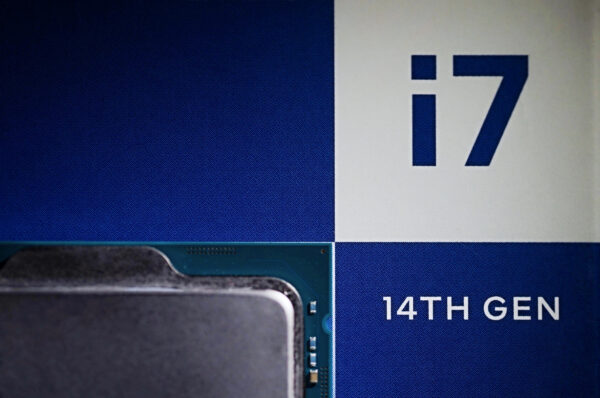
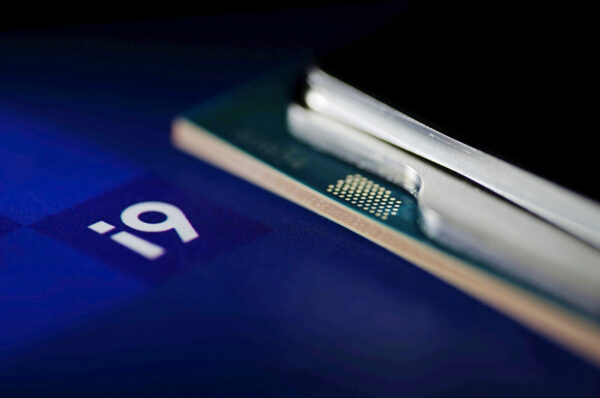

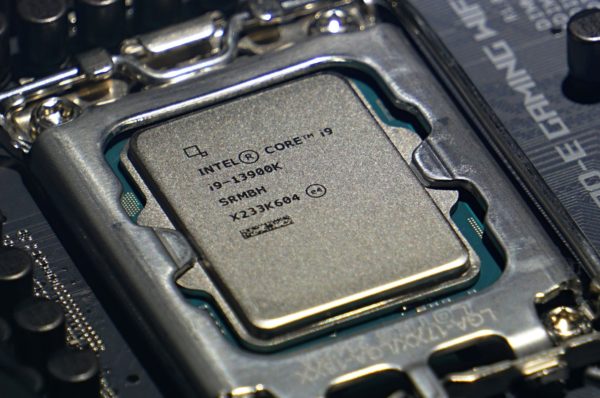
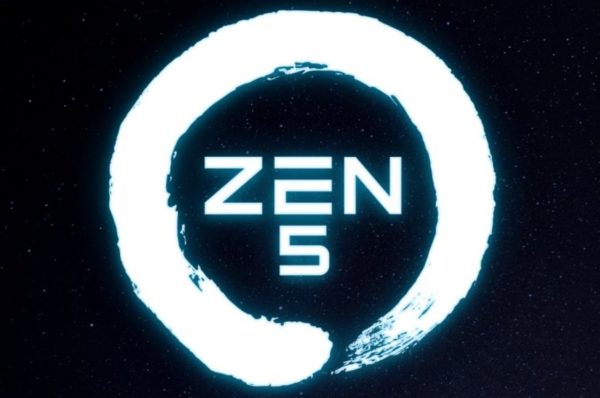
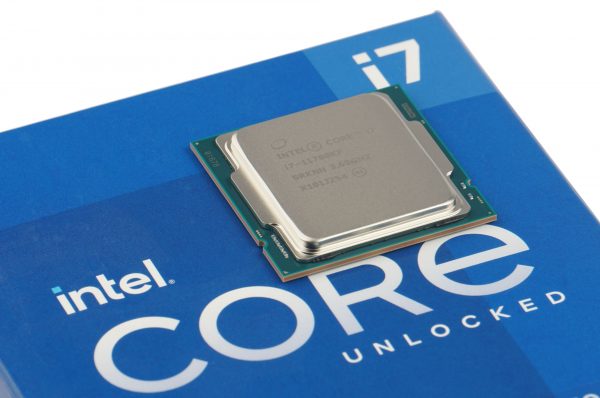
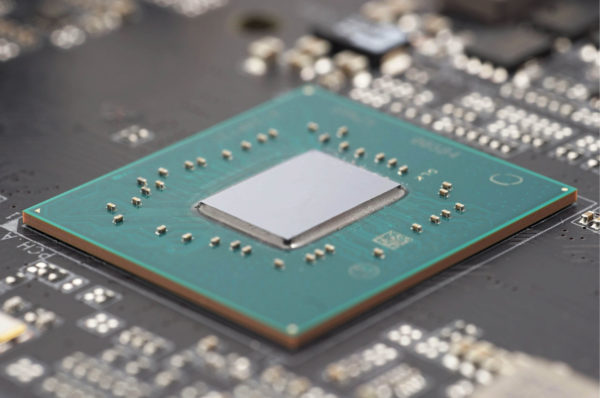
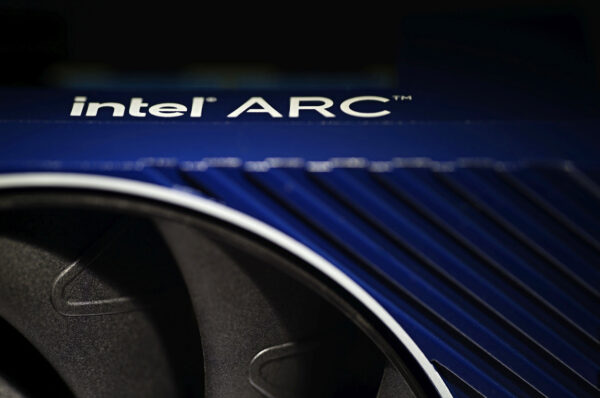
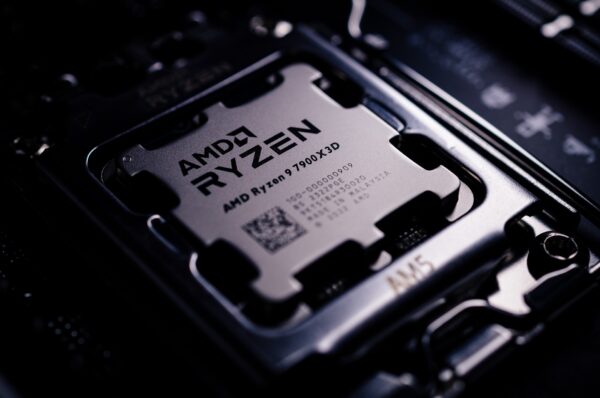






Latest comments